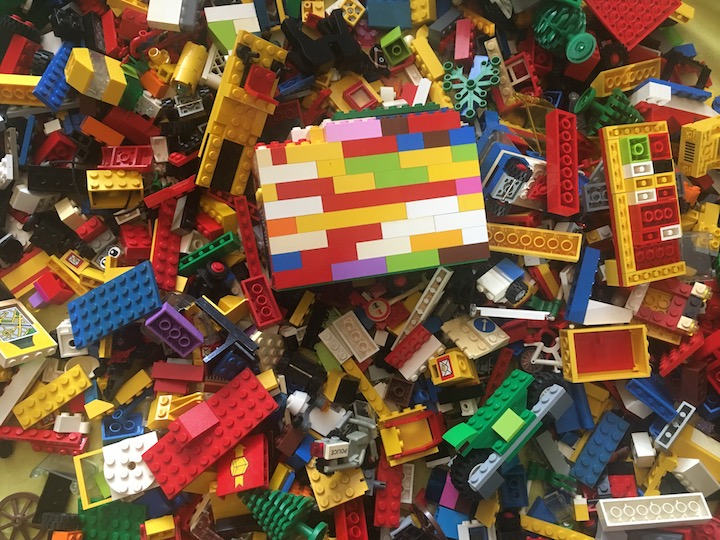Lucy Davis, Maths on Toast’s CEO, on exploring shape, space and measure – spatial maths – and why it plays such an important role in maths learning and the Maths on Toast creative approach.
Many Maths on Toast activities feature shapes and patterns and all of our activities are ‘hands-on’ and encourage exploration and investigation so we are sometimes asked how is ‘playing around’ with shapes helpful to maths learning?
First thing to know: it’s not only helpful, it’s crucial!
Maths isn’t just about numbers
People often forget that maths isn’t just about numbers. Many people may not be able to tell you what spatial maths is but they are using it and observing it all the time – in making things, in navigating where they’re going, in design of everyday items to name but a few. Spatial reasoning is the name given to how we understand the interaction and relationship of space, shape and measure in the world around us.
Spatial skills are essential to effective maths learning at all ages and spatial reasoning has been shown to be indicative of future mathematical attainment (1). Furthermore, playing and exploring; active learning; and creating and thinking critically are recognised as ‘fundamental to the development of mathematical thinking in young children and form the bedrock of later mathematical reasoning’ (2).
We learn through exploring, doing and playing
From birth, children learn through exploring and doing (as do many adults if still given the chance!), and ‘playing’ with maths ideas – including hands-on exploration with physical objects and shapes – can help your brain piece everything together and understand quite complicated concepts. Creative maths learning – with craft and construction, shapes, patterns and puzzles – provides these tactile learning opportunities and is an essential stage in getting to grips with and understanding maths concepts, and consolidating learning. Literally speaking, it is the chance to work it all out with your hands.
This understanding forms a solid foundation or framework which will assist working it out ‘in your head’ and on paper and later learning of more complicated and ‘abstract’ maths ideas.
Be happy to explore, make mistakes and try different methods to assess what works
This will all help to create a ‘can-do’ and resilient mindset ready to take on a challenge. This is again crucial for tackling more complicated maths concepts and developing highly transferable problem-solving skills.
One last point to remember is that contextual activities using space, shape and measure help ‘open our eyes’ to the maths all around us: discovering where maths is and exploring it in the everyday helps us relate and see the purpose of maths in something real, physical and tangible, something we can make, use and touch.
Lucy Davis is CEO of Maths on Toast, the family maths charity.

